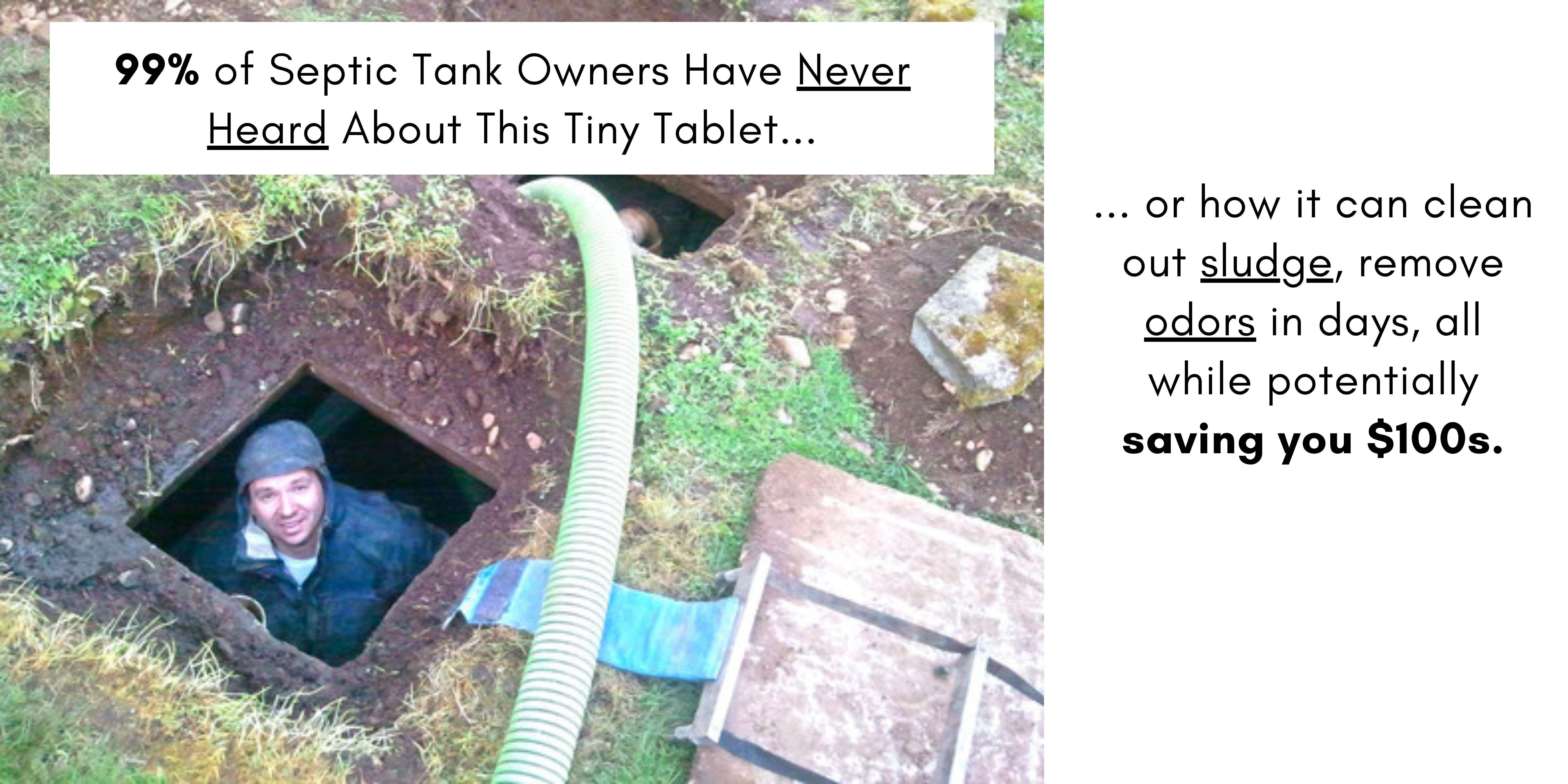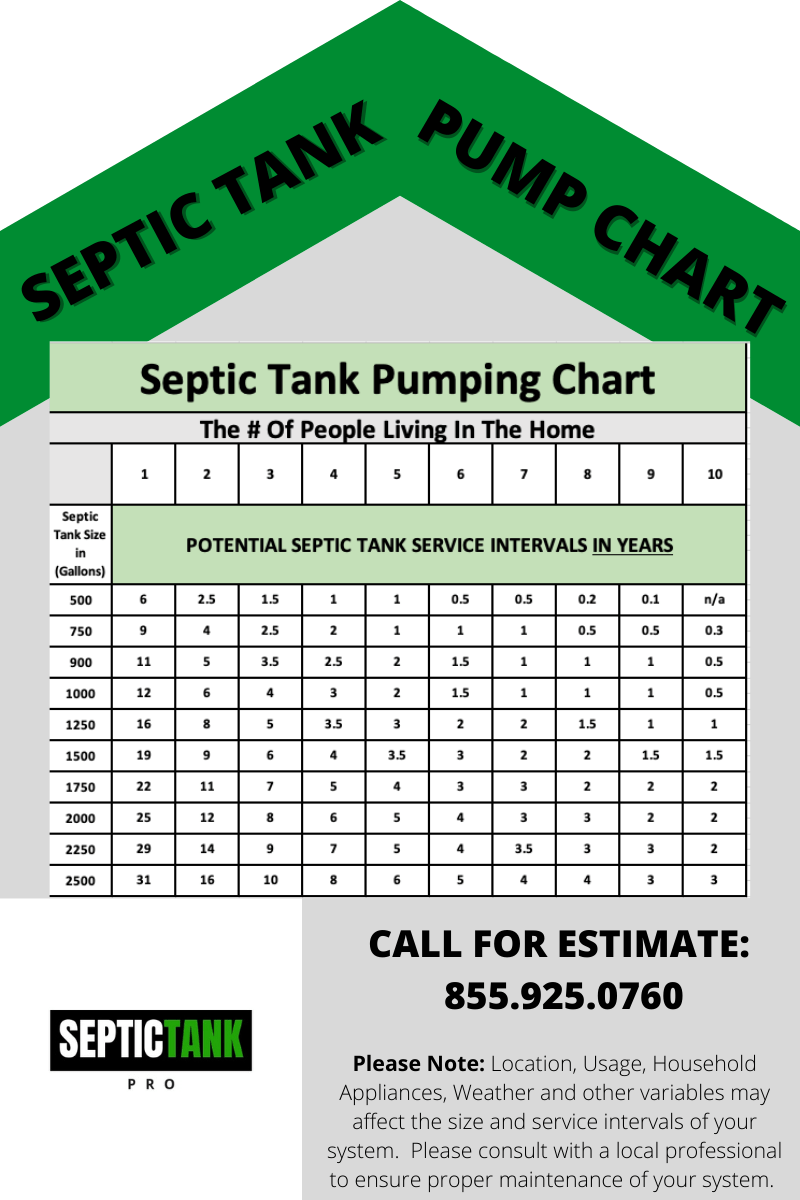Who pays for septic inspection in California?
Buying a home in California is exciting yet stressful. There are so many things you must take care of before you sign the deal. One of the most important to-do tasks is making sure that the septic system of the shortlisted property is properly inspected before the house changes hands. After all, the last thing you would want is to move into a new home, only to find that its septic system requires expensive repairs or, worse, a replacement.
So, who pays for a septic inspection in California? The cost of a septic inspection is borne by the buyer. This is the standard practice. Depending on which part of California you are buying a new house, you can expect to pay upward of $300 for a septic inspection.
Even though a septic inspection is not cheap, particularly a level 3 inspection, it is worth the cost. Getting the system in question inspected will allow you to receive a detailed report on its health and identify minor problems before they mushroom into big issues. The cost of repairs, in contrast, is usually borne by the seller, but this is negotiable. For instance, the seller may be willing to lower the house’s price a little to escape the responsibility of getting the septic tank fixed.
Read more about selling a home with a failed inspection here.
Call Septic Service Pros 855.925.0760 For Service or Request a Quote
Visit our California Septic System Company Directory Here For a Full List of Local Providers.
How much does a septic inspection cost in California?
A septic inspection in California, on average, costs $300 or more. Many factors impact the cost of a septic inspection. These include:
Size of the tank
The larger the septic tank the greater its depth, the costlier the inspection will be. Additionally, the cost of a septic inspection may increase, sometimes substantially, if the septic inspector finds some serious problems with the tank in question.
Location
You may have to more for an inspection if you are buying a property in affluent area.
Type of septic inspection
When a property is changing hands, generally people opt for a basic inspection. In addition to a visual inspection, it usually involves dye tests for leaks, sludge and scum layer measuring and some simple system tests. If nothing unusual comes up during the basic inspection, the septic inspector will not recommend any further investigation. However, if the septic inspection reveals some underlying issue, a detailed inspection might be needed, which will increase the cost. A full septic tank inspection involves steps such as pumping and measuring tests, wastewater flow test, soil testing, water-body distance, and more. Sometimes, a camera test may also be needed. If the septic inspector is unable to clearly identify the problem, he or she may drop a high-definition camera into the tank to get a clearer picture. A camera test will raise your expenses a little.
Read this article for a state-by-state breakdown of average septic inspection costs.
Who pays for a septic inspection in California?
Like building and pest inspections, the cost of a septic inspection is shouldered by the buyer in question. However, if the inspection shows that the tank requires repair, those costs are usually borne by the seller. With that said, the seller may pass on those costs to the buyer in exchange for a lower home price.
Call Septic Service Pros 855.925.0760 For Service or Request a Quote
What are the Different types of Septic Inspections in California?
Typically, there are three types of septic inspections:
- Level 1 – It includes a visual inspection in which a septic inspector will lift the manhole cover and will assess the waste pipes and effluent screens, though he or she will likely not conduct a through assessment. The septic tank may need to be pumped before the level 1 inspection.
- Level 2 – During a level 2 inspection, the septic tank in question will be investigated thoroughly. A septic inspector will test the scum layer thickness and check the septic distribution boxes for cracks or leaks. A level 2 septic inspection requires that the tank is completely pumped out first. A level 2 inspection is costlier than a level 1 inspection since it is more detailed.
- Level 3 inspection – If you want the most comprehensive inspection, go for a level 3 inspection. In addition to all the steps involved in level 1 and level 2 inspections, level 3 septic inspectors will thoroughly assess the condition of the soil surrounding the drainfield and leaching area. In some instances, the level 3 inspector may also use a high-definition camera, especially if the suspected issue is not clearly visible through the naked eye.
Why is a septic inspection important?
Before you complete a home transaction, you will likely have to get the septic tank inspected. In certain areas, this is required by law. However, even if it is not required by law, a septic inspection prior to buying a house is absolutely crucial. Otherwise, there is a high risk of your buying a house with a faulty septic system. Keep in mind that septic repairs can often be expensive while a replacement can set you back by several thousand dollars. Even though the buyer in question pays for a septic inspection, it is usually the seller who foots the bill for repairs. In other words, a septic inspection can save you money in the long run. It also provides you peace of mind that comes with knowing what to expect from your septic tank and how much life it still has left.
Important as getting a septic tank inspected prior to buying a house is, scheduling regular inspections after the purchase is no less important. Ideally, you should get your tank inspected once a year. The annual inspection is pretty basic, so it is not costly. But it can help you maintain your septic system in tip-top shape for years. If you do not want spend money every year, at the very least, have your septic system inspected once every 3-5 years, depending on the size of your septic tank and usage.
Additionally, contact your septic provider without hem or haw if you notice any of the following issues:
- Toilets, showers or sinks are backing up
- Bad smell is coming from your drain field
- Spongy grass growth is visible in and around the tank’s cover and the leach field
- Water is pooling in the yard
How much time does a septic tank inspection take in California?
A septic inspection usually takes anywhere between 45 minutes and two hours, depending on the size of the tank and underlying issues. If you have a large septic tank or the septic inspector detects some major issues with it, the inspection may even take up to 3 hours. Read more about how much time a septic tank inspection takes.











